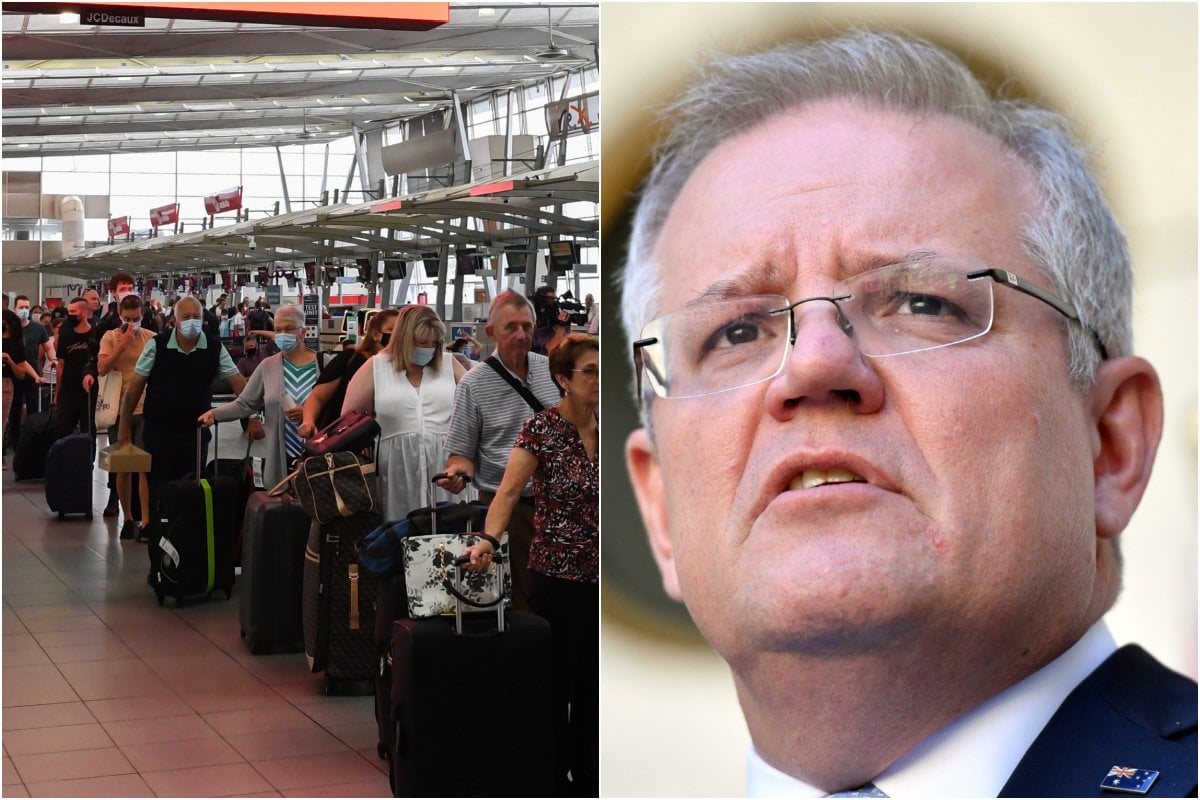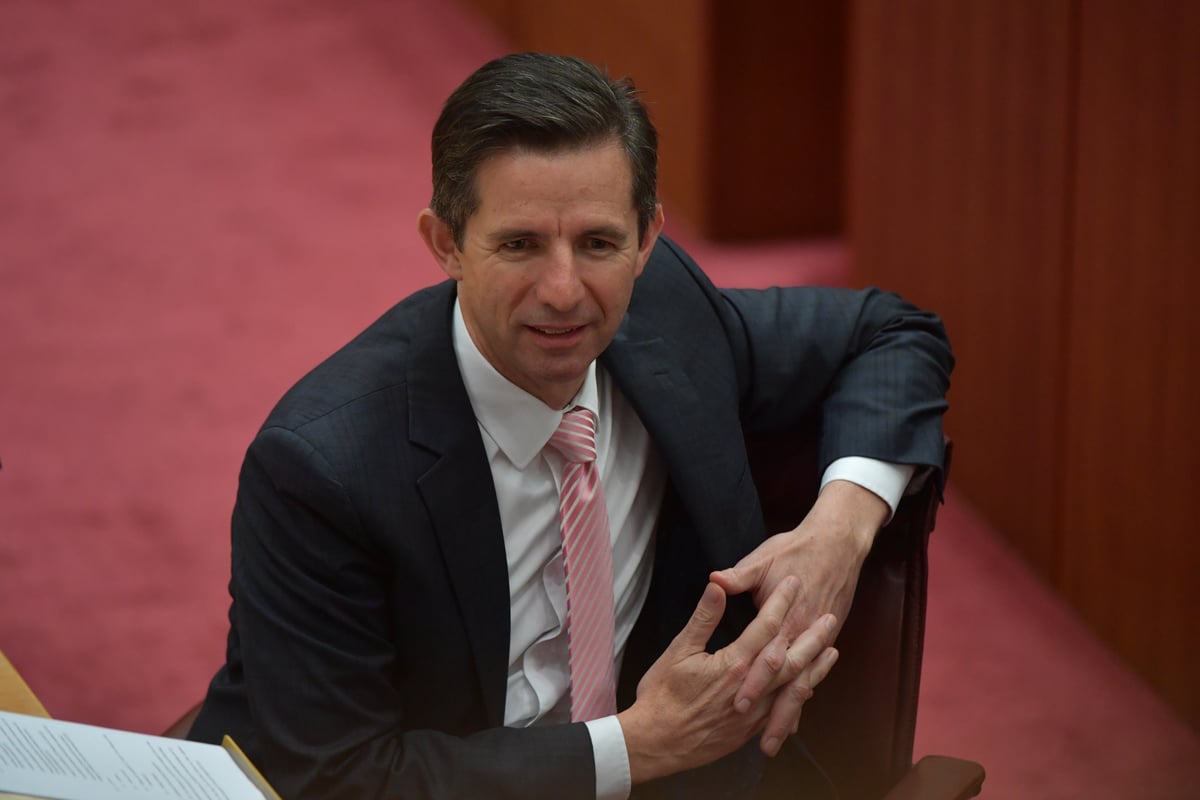
The federal government has announced 20 chartered flights to bring home the nearly 40,000 Australians who remain stranded abroad, amid the worsening coronavirus pandemic.
On Saturday, Acting Foreign Affairs Minister Simon Birmingham announced the charter flights, which will run between January 31 and March 31.
The announcement comes after the National Cabinet has temporarily reduced the number of international passengers arriving in New South Wales, Queensland and Western Australia due to the threat of the new COVID-19 strain from the UK, which is up to 70 per cent more transmissible than the original.
Here's what you need to know.
How many Australians are stuck overseas?
There are about 37,000 Australians overseas who have told DFAT they want to come home.
Commercial services remain the main avenue for returning Australians, with these government chartered flights added on top of the current caps.
"These flights will bring people back from the United Kingdom, Europe, India and other places where vulnerable Australians are most in need of assistance," a statement from Acting Prime Minister Michael McCormack said.
"These additional flights announced today will provide some hope and relief for Australians in vulnerable situations overseas."
Listen to The Quicky, Mamamia's daily news podcast. Post continues after podcast.


Top Comments